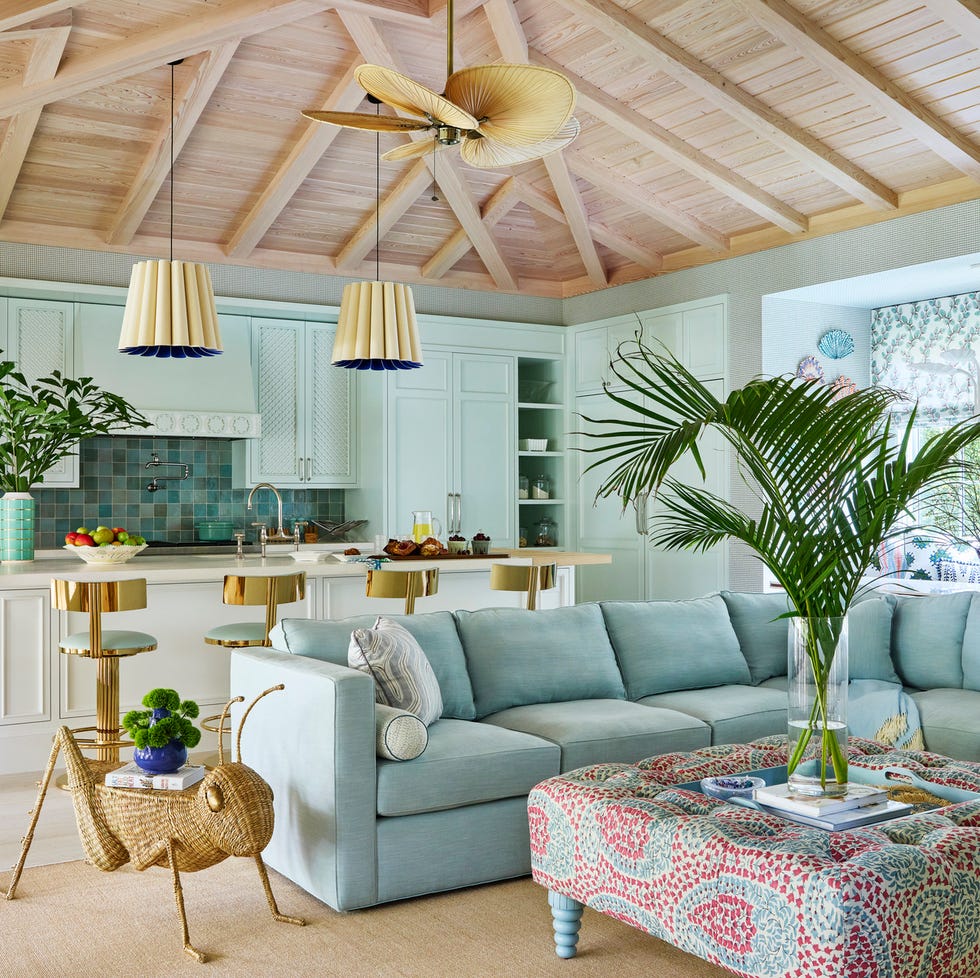We don't often 'see' our home as others might see it - when we return from work or with the weekly shopping, we just go through the door and get on with our lives.
If you are thinking of putting your property 'on the market' it is important to convey a good 'first impression'. People will see a photograph on a website, in an estate agents' window or on paper details. Usually, the photograph will be of the front of the house and, even if it isn't, some people will use Google Street View or check out the location in person.
If you have a front garden, keep the lawn and foliage neat so that it looks nice and seems easy to mange. Paths and driveways must be seen to be low maintenance so they should be repaired, if necessary.
Paved driveways can look tired. Remember, when you first had your driveway paved, how good it looked? Paved driveways can be restored to look as good as new. They can also be sealed to look good for longer.
Don't panic if you have a tired old tarmac driveway - you don't have to replace it as these too, can be repaired, cleaned and sealed so that your old tarmac drive looks like new at a fraction of the cost.
When you've read this article, leave your house and stand across the street to stare back at it. Are the guttering and downpipes in good order? Do your wood-framed windows and entrance door need a coat of paint or varnish? Are the curtains or blinds attractive?

Come back in and look at your entrance hall - is it bright and uncluttered?
When you are moving home, you don't want to spend a lot of money of doing it up - the likelihood is that the buyers will change things anyway - but you should consider that a well presented home will sell much faster than one that is cluttered.
Most people expect to redecorate when they buy a new home but many will not have the extra budget to renew carpets therefore it is essential that the carpets you include in the sale are an asset rather than a liability. Ensure that each room looks as good as possible by having your carpets professionally cleaned. You can often have three carpets cleaned for the price of two.
Some people do not have good imaginations, therefore décor should be neutral, where possible, unless you have recently made bold statements when upgrading your home for a contemporary look and feel. If you are selling in winter or if there is is not much natural light in certain rooms, lighting can be important, too.
Present your home as a show-home, keeping ornaments etc to a minimum, otherwise your home might seem small. Keep work surfaces clear in kitchens and de-clutter bathrooms of personal items.
Finally, keep it warm but fresh. Subtle smells, such as fresh air, baking and a cleaned floor make a better impact than last night's curry, burnt toast or scented masking sprays.
Best of luck!














